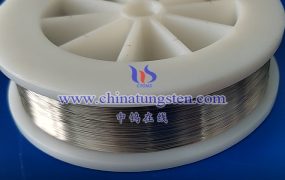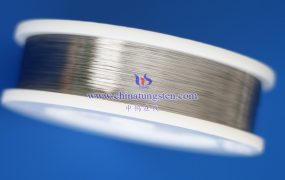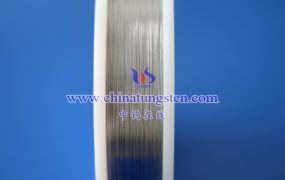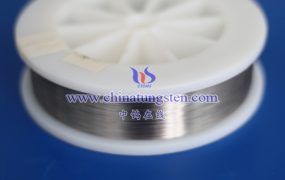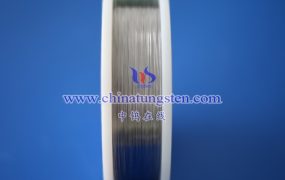Common fracture modes of tungsten wire mainly include the following:
- Brittle fracture
Transgranular fracture: The crack extends through the interior of the grain, which may be caused by defects, stress concentration or external impact inside the grain. Transgranular fracture usually occurs when the tungsten wire is subjected to large tensile stress or bending stress.
Intergranular fracture: The crack extends along the grain boundary, which is usually caused by low strength at the grain boundary or defects such as impurities and segregation. Intergranular fracture is more common in tungsten wires, especially in tungsten wires at low temperatures or after annealing.
Mixed fracture: That is, a mixed mode that includes both transgranular fracture and intergranular fracture. This fracture mode usually occurs when the tungsten wire is subjected to complex stress states or multiple fracture mechanisms.
- Plastic fracture
Although tungsten wire exhibits brittleness in most cases, plastic fracture may also occur under certain conditions (such as high temperature, high plastic deformation, etc.). The characteristic of plastic fracture is that there is obvious plastic deformation before fracture, such as necking and necking. However, in the actual application of tungsten wire, plastic fracture is relatively rare.
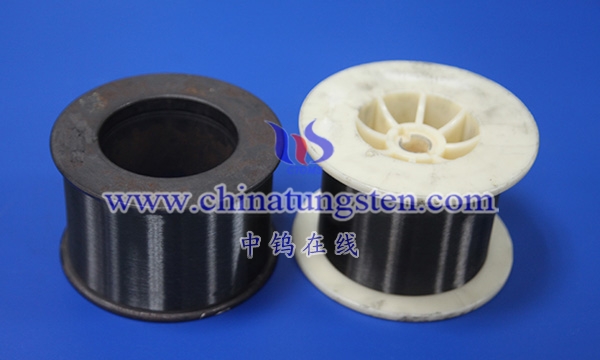
- Special fracture mode
Fiber fracture: When tungsten wire is stretched at a temperature above the plastic transition temperature, its fracture surface may show many fiber-shaped radial cracks. This fracture mode is called fiber fracture. It is mainly composed of longitudinal grain boundary splitting, and further deformation may be composed of separate fiber necking.
Cold break and melting:
Cold break: refers to the break of tungsten wire without being heated to a molten state by electric current. This is usually caused by factors such as mechanical stress, material fatigue or external impact. The fracture of cold-broken tungsten wire is usually neat and may show obvious cracks or fracture surfaces.
Fusing: It is the breakage of tungsten wire after reaching its melting point during the process of electric heating. This is mainly caused by excessive current or voltage. The fracture of the fused tungsten wire often presents irregular spherical or nodular shapes, which is formed during the cooling process of the melted tungsten wire.
- Breakage caused by other factors
Processing defects: such as cracks, inclusions, pores and other defects in tungsten wire, which will reduce the strength and toughness of tungsten wire and increase the risk of breakage.
Use environment: Tungsten wire may be affected by adverse factors such as high temperature, corrosion, vibration, etc. during use, which may also cause tungsten wire to break.
More details of tungsten wires, please visit website: http://tungsten.com.cn/tungsten-wires.html
Please contact CHINATUNGSTEN for inquiry and order of tungsten needles:
Email: sales@chinatungsten.com
Tel.: +86 592 5129595

